Corrugated cardboard has been around since the mid-18th century. These days it is used to package and deliver everything from pizzas to kitchen appliances. It is a strong, durable medium which can be printed on, so it is often used in retail to deliver products while still displaying company branding.
Corrugated cardboard boxes have many different uses. To understand why it is so useful, let’s take a look at how corrugated cardboard packaging is made.
CORRUGATED CARDBOARD COMPONENTS
Corrugated cardboard is made from two different elements: a fluted inner (also known as a medium) and two liners that go on either side, creating the distinctive flat-wavy-flat cross section of the cardboard. The inner is often made from test paper – a low quality, abrasive paper made from recycled paper or hardwood trees with short fibres.
The liners are usually made from higher quality Kraft paper, which is produced from long-fibre softwood trees. Kraft paper is more durable than test paper, as well as being easier to print on and able to resist water to a higher degree.
MANUFACTURING CORRUGATED CARDBOARD BOXES
Once the raw materials are assembled, production of corrugated cardboard packaging can begin. The process involves a machine called – unsurprisingly – a corrugator, which takes all the different components and produces the finished board. The paper comes ready for production in huge rolls which are often several meters wide and weighing thousands of pounds. Corrugating machines can accommodate many rolls of paper at one time, and can automatically splice them together to ensure a continuous feed of paper for production.
The inner paper is fed through the corrugator to create the ‘fluting’. To do this, the paper travels over heated rollers while being subjected to high pressure steam. The rollers have parallel grooves like machine gears, and the hot paper is forced to mould itself to the shape of the grooves.
Next, the fluted inner is glued to the rolls of liner paper. The cardboard is then cut using a circular saw to create straight, clean edges. It can then be cut again several times depending upon the size needed to produce corrugated cardboard boxes. These sheets are called ‘box blanks’ and can be taken to other machines where they will be scored to create folds, and assembled into corrugated cardboard boxes.
This manufacturing process creates high quality, durable packaging for your products.
Get in touch with us today to arrange a free packaging review and hear more about our quality and environmentally friendly corrugated cardboard packaging.
